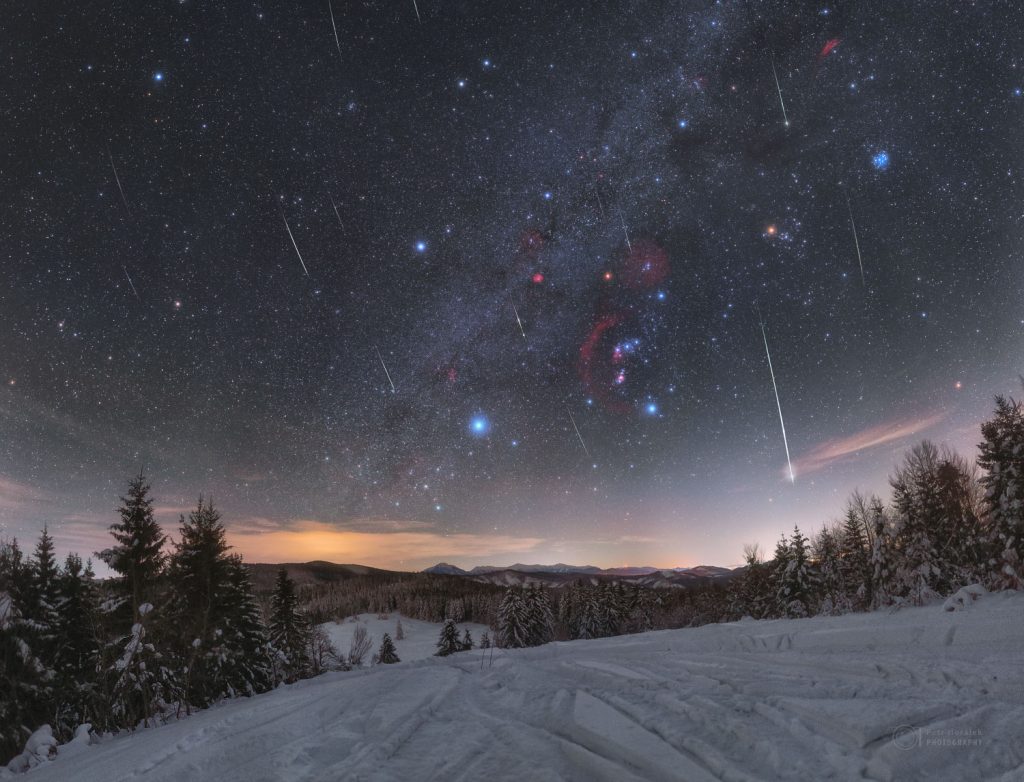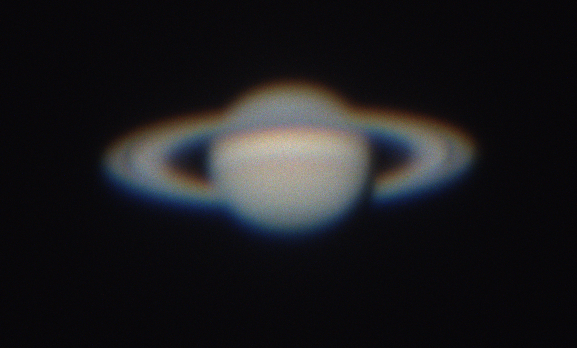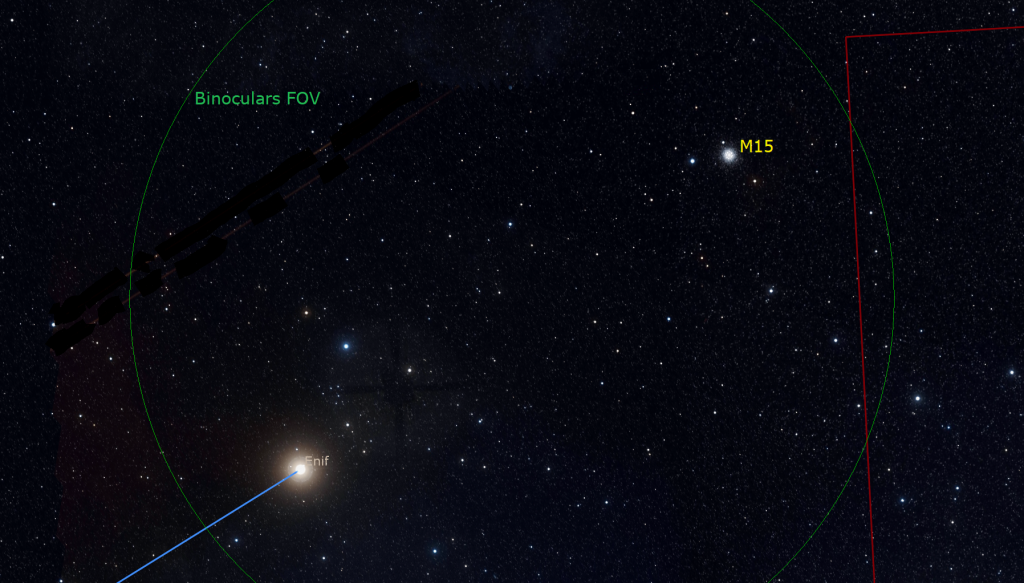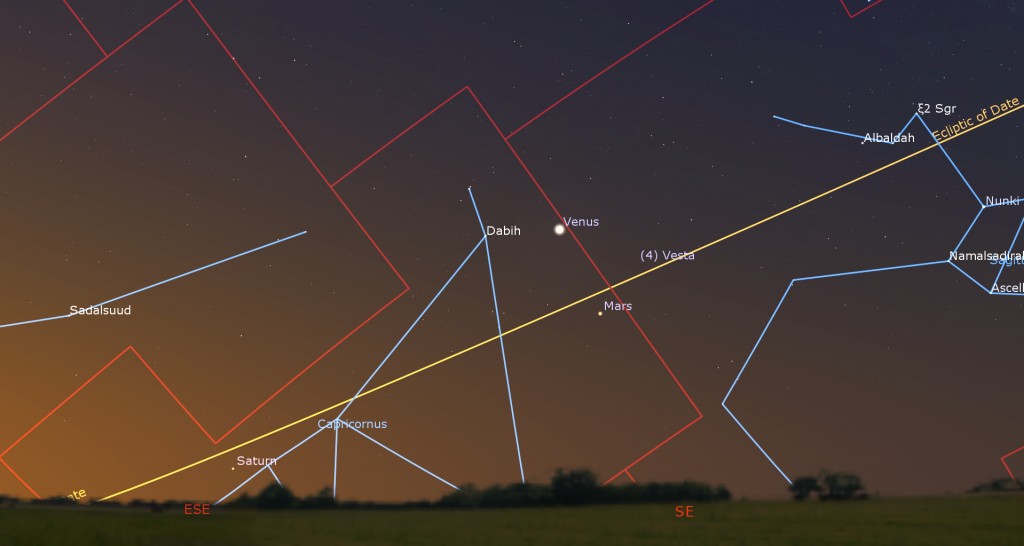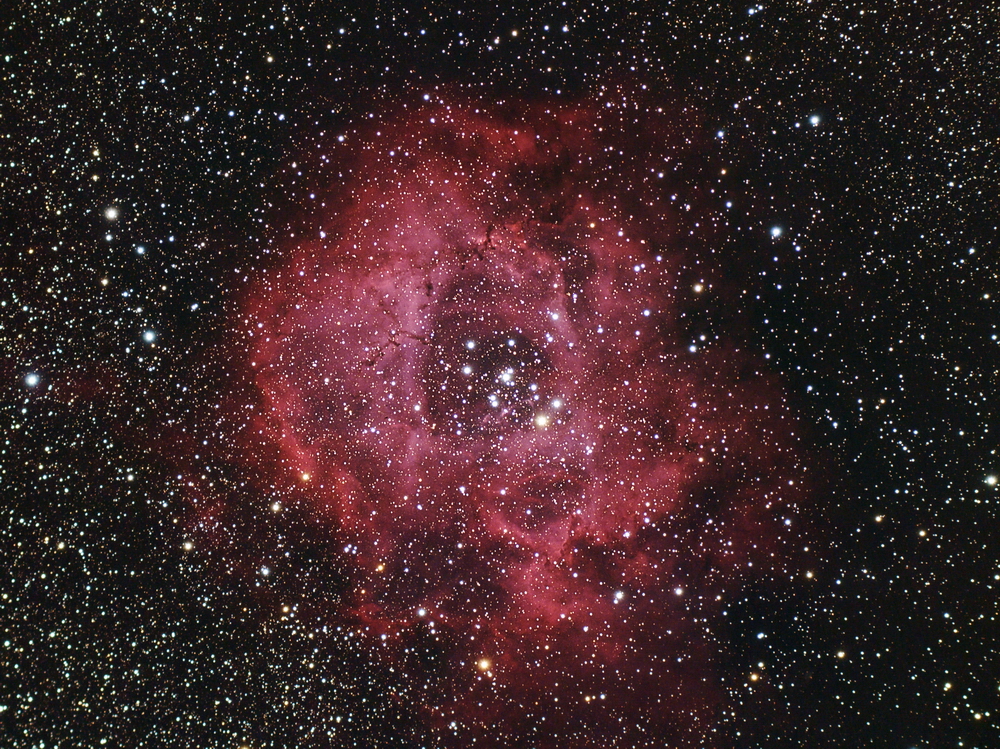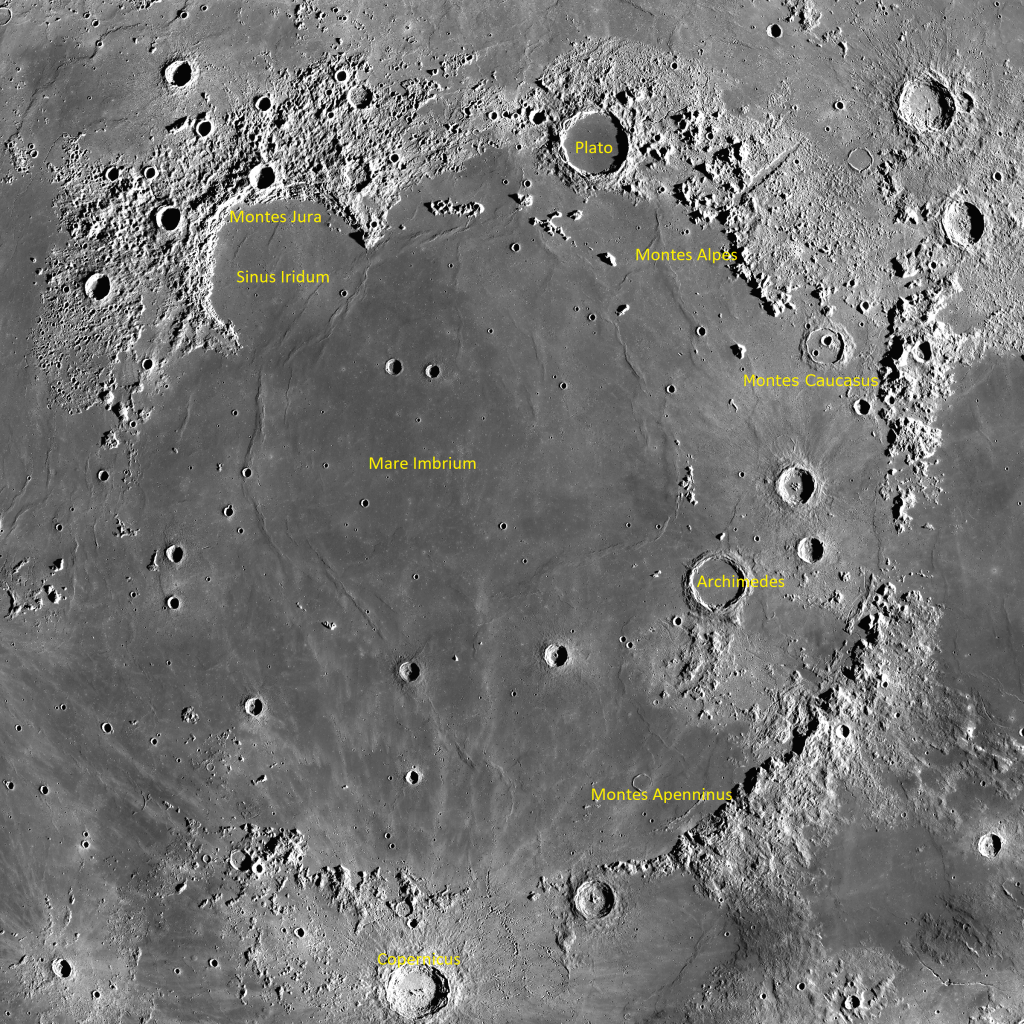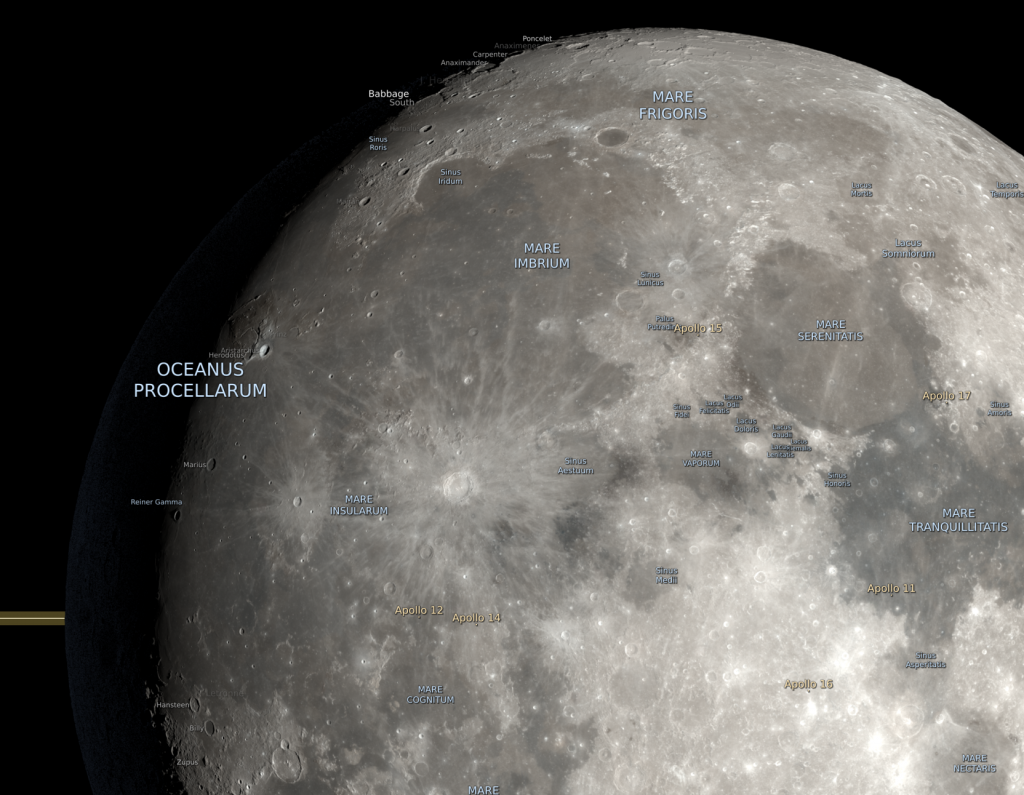The Wolf Moon Wanders the Winter Heptagon and a Merry Perihelion has Night-time Planets, a Morning Comet, and Meteors!
This fantastic widefield composite image of the 2020 Quadrantids meteor shower over Flajšová, Oravská Lesná, Slovakia was captured by Czech astronomer Petr Horálek on the nights bracketing the peak of January 4.The radiant is out of frame to top left. That year, the star Betelgeuse in Orion (right of centre) was unusually dim. The glowing…
Read more
